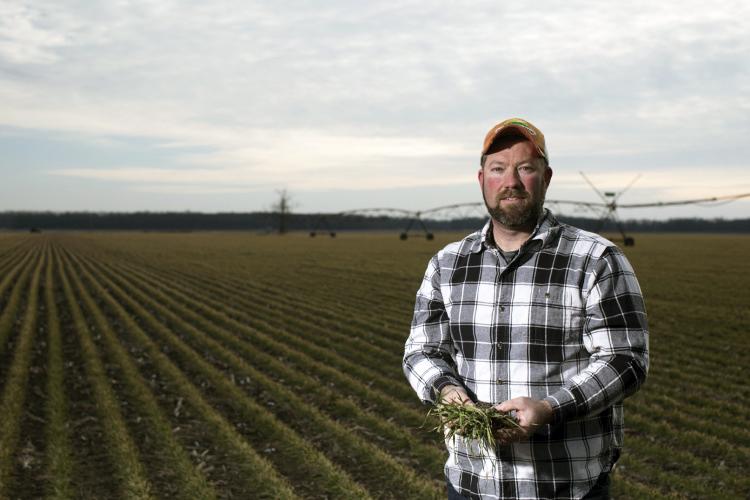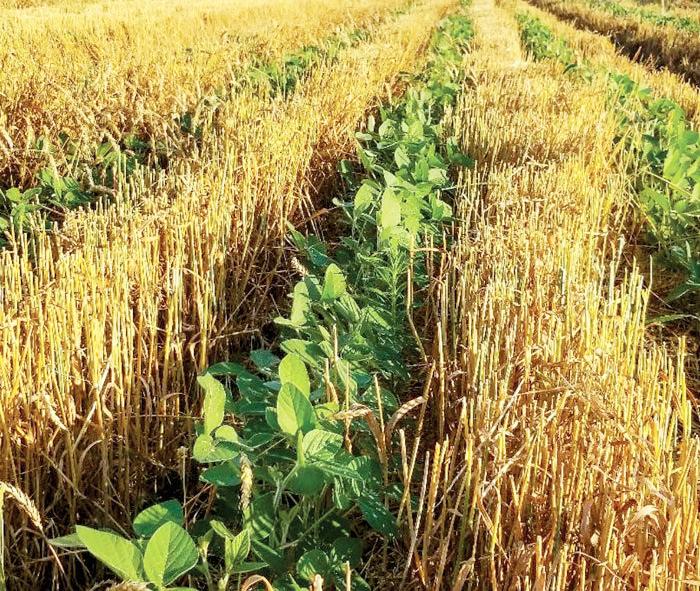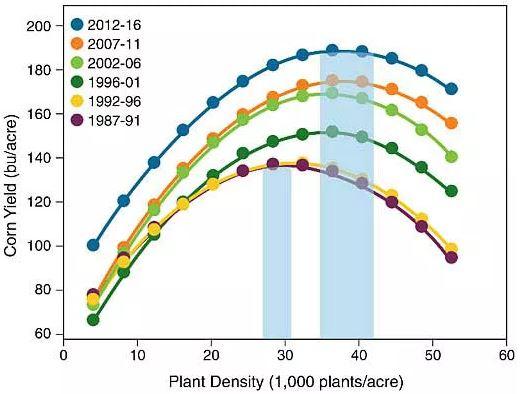Soybean producers, rarely strangers to unpredictability, now stand on sodden fields watching storm clouds gather—both literal and economic. The offshore wind of global competition has picked up speed; American farmers have felt every gust. “Lackluster” might sound modest for the market climate, but lately, that word rings truer than ever.
The macroeconomic terrain in 2025 is all jumbled fenceposts—unsteady interest rates and shifting tides in global production drive decisions many would rather not make. Matt Erickson recently observed at South Dakota AgOutlook, “the market right now is just screaming ‘corn acres.’” Not because corn’s glamourous (it isn’t), but because the soybean-to-corn price ratio suggests a swing toward maize this planting season. March’s Prospective Plantings report carries more weight than in less ragged years.
A projected dip in national soybean yields punctuates the optimism of winter planning. Instead of 51.7 bushels per acre, farmers expect more around 50.7—a single bushel can sometimes spell profit or loss across thousands of acres. These aren’t mere numbers in spreadsheets; they translate directly to stressed families and edgy bank managers waiting for payment.
Chasing export markets used to resemble chasing shadows under better lighting conditions; American beans enjoyed solid demand from China and Europe alike. Now? There’s substantial risk after tariffs were threatened northward of sixty percent on Chinese imports, inviting blowback that could dampen U.S. exports even further—and with China buying roughly sixty percent of all globally traded soybeans each year, those ripples start to resemble tidal waves awfully fast. Exports represent upwards of forty percent of the U.S. soybean harvest—retaliatory trade action from abroad feels less like chess strategy than getting caught with your boots stuck mid-mudslide.
No shortage exists elsewhere: Argentina and Brazil are forecasted to notch a ten-percent increase over last year—numbers certain traders drool over—from South America alone. With these friendly neighborhood rivals putting extra supply into circulation, world prices get heavy-lidded as surplus mounts. Brazilian exports persistently undercut U.S.-grown beans too—the playing field slants like an old farmhouse porch board.
Not all storm fronts are on foreign shores or government ledgers though: domestic policy tangles matter here too. Energy costs intertwine unexpectedly with soybeans—half the nation’s thirteen million metric tons slated for oil production will be funneled into biodiesel next cycle if plans hold steady. Should political winds veer toward fossil fuels again (as some capitals hint), biofuel industry prospects look uncertain at best; when those dominoes wobble—even slightly—they tip whole rows downstream from farm-to-table.
For now? November futures stuck themselves inside a forty-cent trading pen since April—a dull hemmed-in pattern likely frustrating anyone hoping for clarity or upward momentum before summer turns mature fields yellow again. Price supports hover near $10.20 per bushel while industry analysts quietly eye Brazil’s competitive offers wondering who’ll blink first among major importers.
So growers begin spring considering everything at once: weather so changeable it tricks even seasoned meteorologists; input costs fluctuating as fertilizer companies wrangle their own profit margins; tariffs tangled by geopolitics escalating what started life as bean counting into games theory homework worthy even Sherlock Holmes’ deducing mind.
Some say farming requires “every day bravery.” Maybe that sounds overwrought—but only someone far away from red clay mud pie boots would suggest otherwise right now.
Decisions about forward selling are trickier this year—not everyone bites quickly when early contracts dangle above normal ranges only fleetingly. Cash-only marketers have been advised they should already be seventy percent sold on last year’s crop while pondering twenty percent forward commitments tied to grain still buried deep beneath chilly soil. But holding out sometimes feels necessary…unless luck runs thin or harvest runs long late next September.
The tension isn’t only about numbers either—it seeps through rural lending relationships when banks grow cautious hearing news bulletins tick off global surplus figures one after another before dawn chores begin anew.
Bean basis levels can swing wildly based mostly on factors outside any farmer’s control: river logistics squeezed by droughts one season then swollen floods shutdown loading terminals another month later entirely unannounced by any spreadsheet forecast created downtown.
For some operators? A croaking frog chorus underneath summer stars counts more measurable reassurance than futures prices these days—they trust their eyes plus instinct nurtured by past lean years rather than cutting predictions alone.
In sum—as Aldrin once put it about his own work walking elsewhere—the orbit remains unpredictable but hardly unfamiliar territory for those whose livelihoods germinate each spring along furrowed rows marked mostly by hope mingled steady caution.
As Americans mull planting intentions heading deeper into June heat waves rising off seedbed ground—the stage is anything except silent as voices crowd coffee shops describing old deals remembered fondly alongside new math giving accountants heartburn before July fourth fireworks echo across stubbled hillsides left behind harvesting dreams grown wild yet again this crazy season without clear ending visible just yet ahead downfield.










